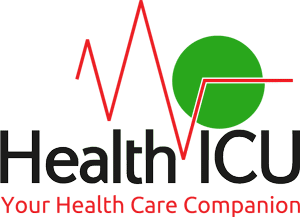In his book, “The Last Lecture,” Dr. Randy Pausch defined experience as “what you got when you didn’t get what you wanted.” There can be little doubt that artificial intelligence (AI) takes experience one better with everything from treatment planning to the use of the most advanced technology in the field of orthodontics.
What gives AI its promise is that it takes computer systems from performing tasks based on what they have been programmed to do to carry them out in ways that usually requires human intelligence. This includes tasks such as treatment planning and using indirect bonding trays. AI makes nearly anything an orthodontist does and makes it more productive and as a result, more profitable.
Artificial Intelligence (AI) in Orthodontics
In the past, the trouble with computer systems is that they performed actions based only on what they were programmed to do. As a result, every step was programmed in advance, with no room for variance. Every step was performed precisely as directed. This is where the promise of AI shines through. Just as is the case of AI in other fields, AI in orthodontics uses its “knowledge” to benefit patients.
In one such application, AI uses its software and hardware to make positioning of brackets faster, easier, and with better results. In this case, integrated with 3D printing technology, precision indirect bonding trays can be created.
Imagining the Possibilities
Crystal balls haven’t been a staple in orthodontic offices for many years. Fortunately, AI is the next best thing since one of its most promising areas of application is dental monitoring. In human beings, neural pathways develop in our brains that allow us to learn things and use this knowledge to predict patterns before the results emerge. Google uses this same idea when it traces patterns to make images. Likewise, AI technology gives orthodontists both guiding knowledge and heads up as it traces a patient’s progress throughout the treatment program.
AI technology even allows orthodontists to monitor their patient’s progress remotely between visits since families can take pictures or videos of patients and send them to the office for feedback. This allows the AI program to predict problems before they occur and eliminate unneeded visits when nothing is remarkable.
AI Makes Orthodontists More Productive and Profitable
AI also allows orthodontists to monitor and predict individual tooth movement as it occurs. This can help orthodontists know which archwire is active and when it would be good to move to the next in the proper sequence.
This also enables an orthodontist to know when it would be best to call a patient for an examination. And even if a patient is not due for a check, AI monitoring allows the orthodontist to monitor progress without the patient having to come in for an examination.
It’s always a good idea to encourage patients and their families as a treatment plan progresses. Imagine the benefit of sending emails and texts to them congratulating them on their progress or encouraging them in their oral hygiene or their elastics wear.
Everything an orthodontist can do to better their relationship with their patients and their families will result in better results and more profitability to a practice. Many technologies help in this goal, but few that offer as much benefit to everyone involved as AI.



